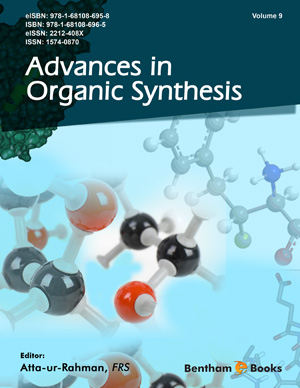Abstract
SHS investigation development is considered from the geographical and historical viewpoint. 3 stages are described. Within Stage 1 the work was carried out in the Department of the Institute of Chemical Physics in Chernogolovka where the scientific discovery had been made. At Stage 2 the interest to SHS arose in different cities and towns of the former USSR. Within Stage 3 SHS entered the international scene. Now SHS processes and products are being studied in more than 50 countries.
Abstract
The asymmetric hydrogenation of tetrasubstituted olefins has been one of the most formidable challenges in the reduction of olefins. While the reduction of diand tri-substituted olefins has grown at a rapid pace, the reduction of tetrasubstituted olefins has grown at a much slower rate. However, there have been a number of pivotal breakthroughs, from the reports of Zhou and Buchwald to the advent of the discovery of the chiral phosphoramidite ligands. In addition, high throughput experimentation has been very beneficial in the discovery of rapid and useful reaction conditions to affect remarkable selectivities. This led to the discovery of rhodium-Josiphos based catalysts, which have been frequently used in the asymmetric reduction of tetrasubstituted olefins.
Keywords:
Asymmetry, Breakthroughs, Enantiotopic, Environmental, Functionalized, High throughput screening, Hydrogenation, Hydrogenolysis, Indenes, Iridium, Josiphos ligand, Ligands, Olefins, Palladium, Phosphoramidite ligands, Rhodium, Ruthenium, Selectivity, Tetrasubstituted, Unfunctionalized, Zirconium.
Recommended Chapters
We recommend

Authors:Bentham Science Books






